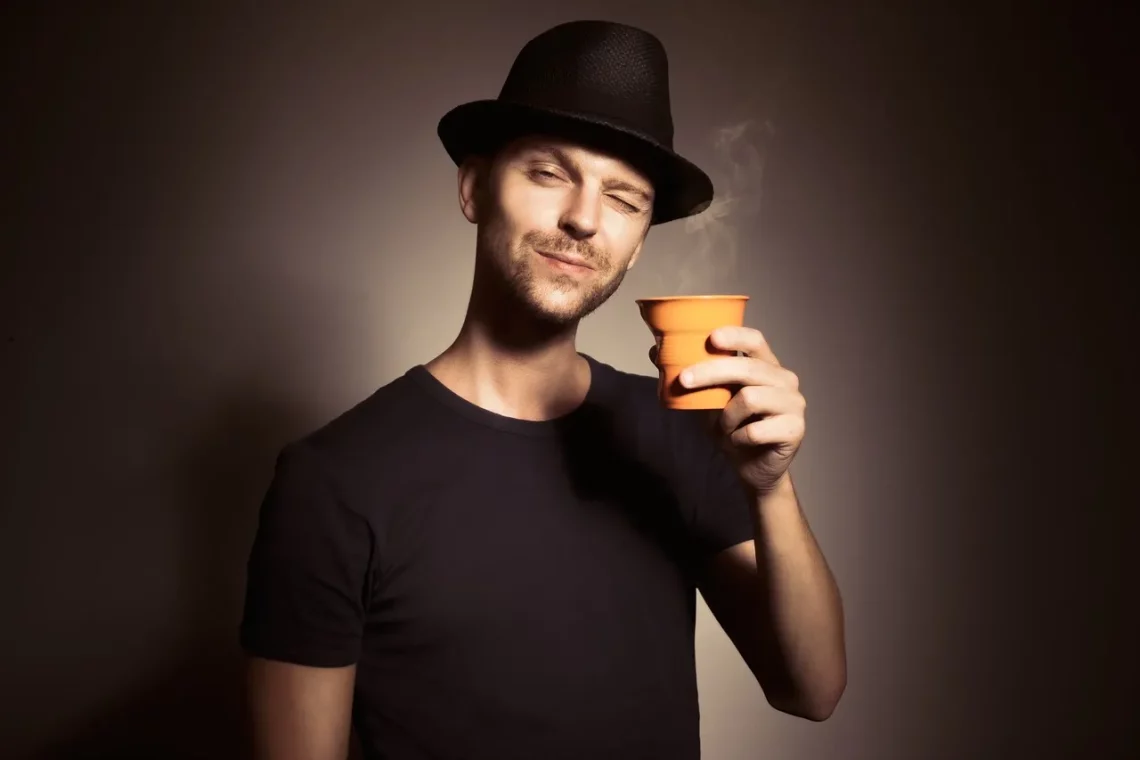
The Art of Confidence: Embracing Naked Men in Modern Culture
In an era where self-expression and authenticity are celebrated, the topic of body confidence and vulnerability has taken center stage in modern culture. The concept of embracing one’s body, regardless of societal standards, has become a powerful movement, particularly concerning the portrayal of nakedness. With the rise of body positivity and the rejection of unrealistic beauty ideals, the perception of nudity—especially male nudity—has evolved.
This cultural shift encourages individuals to confront their insecurities and accept their bodies as they are. The dialogue surrounding body image is no longer confined to women’s experiences; men are increasingly partaking in this conversation. The nuances of masculinity, vulnerability, and self-confidence are being explored, redefining how nakedness is perceived in art, media, and everyday life.
As society begins to dismantle the stigma surrounding nudity, the art of confidence emerges as a crucial theme. The depiction of naked men transcends mere physicality; it embodies a deeper narrative about acceptance, self-love, and the journey toward embracing one’s authentic self. This exploration opens up avenues for understanding how cultural perceptions shape our view of the human body, ultimately fostering a more inclusive and compassionate society.
The Historical Context of Male Nudity in Art
The representation of male nudity in art has a rich and complex history that dates back to ancient civilizations. From the marble sculptures of ancient Greece to the paintings of the Renaissance, the naked male form has been celebrated for its aesthetic beauty and embodiment of human ideals. Artists like Michelangelo and Leonardo da Vinci studied the male anatomy meticulously, viewing it as a pinnacle of artistic achievement.
In ancient Greece, the nude male form was often associated with strength, beauty, and heroism. It was common for statues of gods and athletes to be depicted without clothing, symbolizing purity and the celebration of the human body. This tradition continued through the Renaissance, where artists aimed to capture the essence of humanity in their works. The naked male figure was not merely a representation of physicality; it embodied philosophical ideals of virtue, bravery, and excellence.
However, as societal norms evolved, so did the perception of nudity. The 19th century saw a shift towards more conservative views, with nudity often associated with immorality or scandal. The advent of photography also changed how people viewed nudity, leading to both artistic exploration and moral debate. The portrayal of nakedness became a point of contention, with many artists pushing boundaries to challenge societal expectations.
In contemporary art, the representation of naked men is often more varied and complex. Artists use nudity to explore themes such as vulnerability, sexuality, and identity. This shift reflects a broader cultural acceptance of diverse body types and the idea that vulnerability can be a source of strength. The historical context of male nudity in art not only provides insight into changing societal attitudes but also highlights the ongoing journey toward embracing the naked male form as a celebration of individuality and self-acceptance.
Redefining Masculinity: Vulnerability and Strength
In recent years, the definition of masculinity has undergone significant transformation. Traditionally, masculinity was often associated with stoicism, strength, and emotional restraint. However, modern discourse invites a more nuanced understanding of what it means to be a man. Vulnerability is no longer viewed as a weakness; instead, it is recognized as an essential aspect of emotional strength and authenticity.
The embrace of male nudity in various forms of expression—be it art, film, or social media—challenges outdated stereotypes surrounding masculinity. When men are depicted in vulnerable states, stripped of armor and pretense, it invites viewers to reconsider their notions of strength. This shift fosters a more inclusive dialogue about mental health, emotional well-being, and self-acceptance.
Male nudity in contemporary culture often serves as a powerful tool for challenging toxic masculinity. Public figures and celebrities who embrace their bodies and share their vulnerabilities contribute to a broader cultural acceptance of diverse expressions of masculinity. This visibility is crucial for younger generations who are navigating their identities in a complex world. By seeing men confidently embracing their bodies, regardless of societal standards, they are encouraged to do the same.
Moreover, the intersection of art and activism plays a vital role in promoting body positivity among men. Artists and advocates use nudity to convey messages of acceptance, urging society to dismantle harmful stereotypes. Campaigns that feature naked men celebrating their bodies challenge the stigma surrounding male nudity, fostering a sense of community and solidarity among those who have struggled with body image issues.
Ultimately, redefining masculinity involves embracing vulnerability as a strength. The celebration of naked men in modern culture encourages individuals to connect with their authentic selves, fostering a healthier relationship with their bodies and emotions.
The Role of Media in Shaping Perceptions of Nudity
Media plays a crucial role in shaping societal perceptions of nudity and body image. Television, film, and social media platforms are powerful influencers that can either reinforce or challenge existing norms. The representation of naked men in various media forms has evolved, reflecting changing attitudes toward body positivity and acceptance.
Historically, mainstream media often depicted the male body in a limited and idealized manner, promoting unrealistic beauty standards. However, recent trends indicate a shift toward more diverse representations. Television shows and films are increasingly featuring male characters in vulnerable or naked situations, allowing for greater exploration of themes related to body image, masculinity, and self-acceptance.
Moreover, social media has democratized the conversation around body image. Platforms like Instagram and TikTok have given rise to body-positive movements that celebrate diversity in male bodies. Influencers and activists use these platforms to share their journeys toward self-acceptance, encouraging others to embrace their own bodies. The visibility of various body types challenges traditional norms and fosters a sense of community among individuals who may have felt isolated in their experiences.
However, the media landscape is not without its challenges. While there has been progress, many advertisements and portrayals still perpetuate harmful stereotypes and unrealistic ideals. The pressure to conform to these standards can be overwhelming, leading to negative body image and self-esteem issues for many men.
It is essential for media creators to continue pushing boundaries and prioritizing authentic representations of the male body. By showcasing a wide range of body types, experiences, and emotions, media can play a transformative role in fostering a culture of acceptance and confidence.
In conclusion, the art of confidence in embracing naked men in modern culture is a multifaceted journey that reflects broader societal changes. Through historical context, redefined masculinity, and the influence of media, individuals are encouraged to challenge norms and celebrate their authentic selves.
**Disclaimer: This article is not intended as medical advice. For any health-related concerns, please consult a qualified healthcare professional.**




